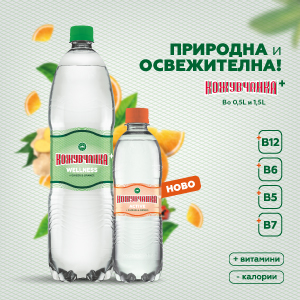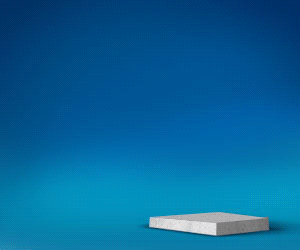When Russia first launched a North Korean ballistic missile at a target in Ukraine, it was accurate to an area hundreds of metres wide. Since that day on December 29 2023, Russian engineers have been attempting to modify and modernise the roughly 148 KN-23 and KN-24 projectiles Moscow received from Pyongyang. Over a year later, on April 24 2025, the missile was responsible for its deadliest attack when a Russian-launched KN-23 slammed into a residential area in Kyiv’s Sviatoshynskyi district, killing 12 civilians and injuring over 90 others. In the wake of Thursday’s attack, which exposed Kyiv’s strained air defences, Ukrainian intelligence now believes the missiles have been fine-tuned to make them accurate to an area of tens of metres, as opposed to hundreds.
The KN-23 is based on the Russian Iskander-M missile, a weapon with a range of about 500 kilometres and a warhead of about 700 kilograms. However, the North Korean versions are armed with more powerful warheads – up to one tonne, according to the Ukrainian intelligence agency. Ballistic missiles can fly at hypersonic speeds above Mach-5, making them much harder to intercept by fighter jets or ground-based systems. Seven such missiles, identified as either KN-23 or Iskander, were used in the deadly attack on Kyiv earlier this week. Despite the lethality of the weapons, they would have usually provided Ukraine’s armed forces with a series of routine interceptions using the US-supplied Patriot systems that guard the capital. But stocks of the PAC interceptor missiles used by the surface-to-air batteries are dwindling dangerously low. Serhii Kuzan, of the Ukrainian Security and Cooperation Centre and a former adviser to the ministry of defence, said: “If Ukraine had more Patriot air defence systems, and most importantly, interceptor missiles, the consequences of Russian terrorist attacks would be much smaller. “Currently, Ukrainian calculations have to choose targets for destruction, prioritising them.”


The interception radius of a ballistic missile, because of their speed, is between 20 and 25 kilometres, Yurii Ihnat, a spokesman for Ukraine’s air force, said. Ukraine currently operates around six full Patriot batteries, which is not enough to cover the entire country The US-made system is Kyiv’s best response to the Russian threat of ballistic missiles. Joe Biden, the former president, donated three of them, as has Germany. The Netherlands has donated at least three launchers to help bolster the complete systems already in place. Despite the donations, Volodymyr Zelensky, Ukraine’s president, has estimated that they need at least 25 systems to cover all Ukrainian territory.
“We don’t have as many Patriots as we need. The president speaks about this constantly,” Mr Ihnat said. “We urgently need more Patriots, as well as other systems like Iris-T and Nasams that have proven themselves.” But even those Patriots deployed in Ukraine are only as useful as the number of PAC interceptor rockets that remain in the country’s stockpiles. That quantity of missiles is incredibly low, according to Mr Ihnat, who did not comment on the exact number remaining for security reasons. The estimated cost of each missile is between $2 million and $3 million, and volumes are thought to be low across the world, not just in Ukraine. Only the US carries a significant arsenal and is capable of supplying Kyiv’s needs. But Donald Trump has not yet moved to transfer any of his forces’ PAC missiles to Ukraine, as his predecessor, Mr Biden, did on numerous occasions.
It is unclear whether the final remaining packages of aid still flowing between Washington and Kyiv, as agreed and arranged by the previous administration, contain the interceptors. Data collected by The Telegraph show that since Mr Trump took office, Ukraine’s interception rate of Russian missile launches has shrunk dramatically. In the summer of 2024, Ukraine intercepted about 60 per cent of all missiles. Last month, it only intercepted 42 per cent. While this is not definitive evidence, it does go a long way to suggest Mr Trump’s refusal to restart significant military aid to Kyiv, as he tries to broker a peace deal with Moscow, is having real-world impacts.

At one point in time, Mr Zelensky would ask his American counterpart for free donations of Patriot systems and the required interceptor rockets.
Now, the Ukrainian president has changed his approach, instead offering to buy at least 10 of those systems from the US, using money collected from other Western allies.
To satisfy the thirst for interceptors, Ukraine would also purchase the rights and production machinery to manufacture them itself.
“President Trump agreed to work with him to find what was available, particularly in Europe,” the White House said after a call with Mr Zelensky last month.
But ultimately, the American leader snubbed the opportunity to sell systems to Ukraine because it could upset his attempts to convince Vladimir Putin to negotiate a ceasefire and peace deal.
Just over a month later, Moscow’s forces launched one of their largest aerial salvos of the war so far – 70 missiles and 150 drones on the night of April 24. All Mr Trump could say was: “Vladimir, STOP!”





































